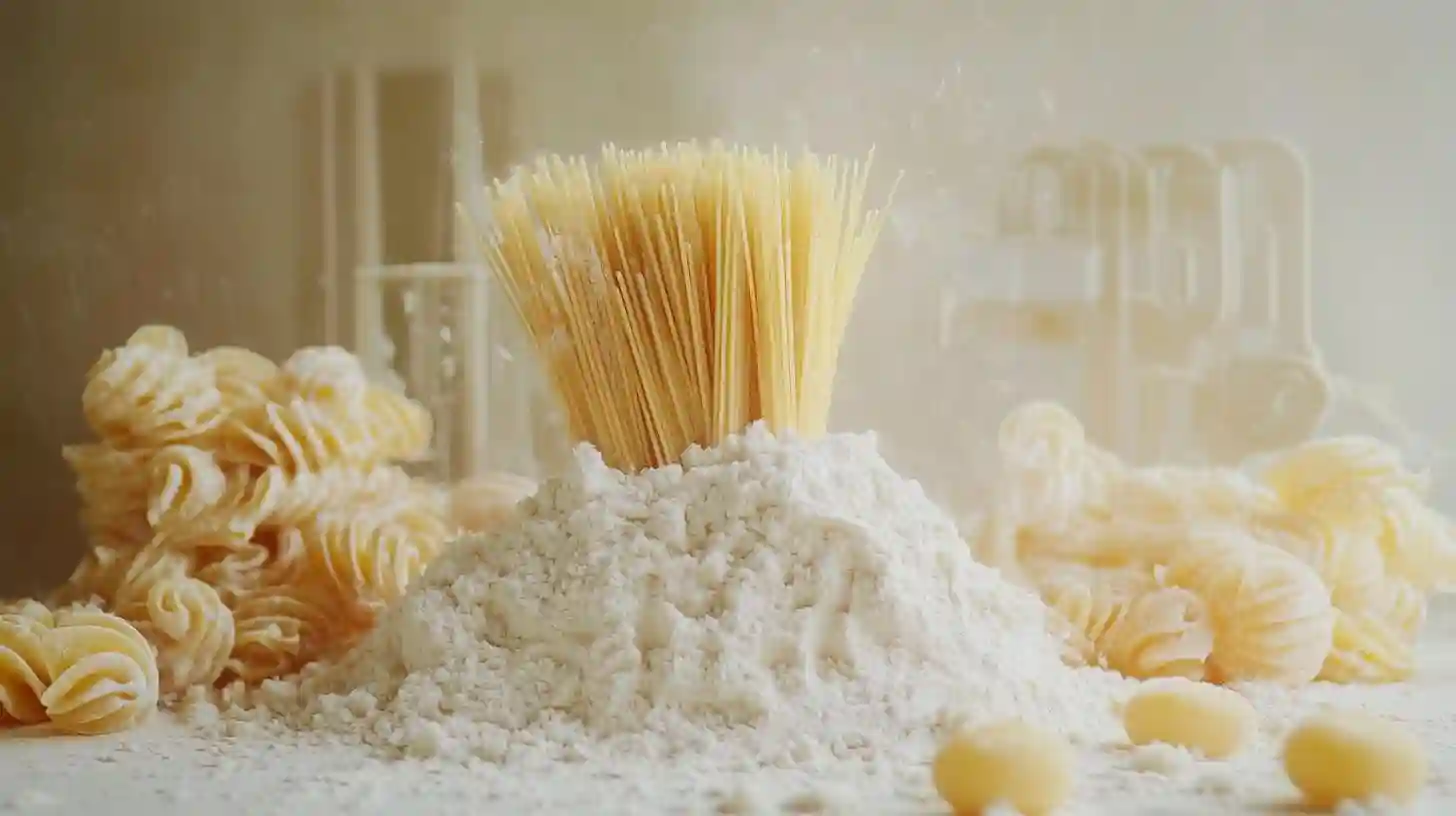
Pasta has long been celebrated as a cornerstone of culinary tradition, particularly in Italian cuisine. Its roots delve deep into history, showcasing a remarkable evolution that is both fascinating and delicious. At its core, pasta is a simple creation, comprised predominantly of flour and water, yet its potential is virtually limitless. By understanding the fundamentals of pasta-making, one can appreciate how this humble combination can lead to a culinary experience that transcends its basic ingredients.
Pasta-making can be an enchanting process that transforms basic elements into a myriad of shapes and textures. The selection of flour plays a crucial role in determining the character of the pasta. Different types of flour yield varying degrees of gluten structures, which affects the firmness and chewiness of the finished product. Semolina flour, derived from durum wheat, is a popular choice due to its high gluten content and its ability to hold up well during cooking. Its golden hue lends an appealing color to pasta, while the coarser texture provides a delightful bite.
The marriage of flour and water may appear straightforward, yet the techniques employed in the kneading and resting processes introduce a depth of artistry to pasta-making. Kneading requires not just strength but also an understanding of the dough’s physicality. A well-kneaded dough becomes smooth and elastic, allowing it to be stretched and shaped into various forms. After kneading, allowing the dough to rest is essential, as it relaxes the gluten and makes it easier to roll out later.
Once the dough is prepared, the real creativity shines through in the shaping of pasta. From simple sheets that can be cut into tagliatelle to intricate forms like tortellini or ravioli, the versatility of pasta shapes is vast. Hand-stretched pasta, such as orecchiette or cavatelli, showcases a rustic quality that emphasizes the craftsmanship involved in its creation. Each shape is designed to hold sauces or other ingredients differently, allowing for unique culinary experiences. Pasta can also serve as a canvas for various flavors, as ingredients like spinach or squid ink can be incorporated into the dough, resulting in vibrant colors and taste profiles.
Cooking pasta is an essential step that often determines the overall quality of the dish. Boiling fresh pasta is a delicate art, as it requires attentive monitoring to achieve the perfect consistency. Traditionally, pasta is cooked until it reaches a state known as “al dente,” a term that translates to “to the tooth.” This texture not only enhances the eating experience but also allows the pasta to hold its shape when combined with sauces. The careful timing of cooking, paired with the use of salt in the boiling water, elevates the flavor of the pasta itself.
Sauces might be considered pasta’s closest companion, creating a harmonious relationship that takes a dish from good to extraordinary. The art of pairing pasta with sauce lies in understanding the balance of flavors, textures, and even heat. A light olive oil dressing may be perfect for delicate ribbons of fettuccine, while heartier tomato-based sauces complement thicker, ridged pastas. Creamy sauces can achieve richness, whereas acidic elements like lemon or vinegar can cut through heaviness. The choice of add-ins, from seasonal vegetables to proteins, further contributes to the complexity of each dish.
Embracing culinary traditions can foster creativity, and pasta’s adaptability encourages experimentation. Home cooks and professional chefs alike are constantly innovating, infusing traditional recipes with contemporary influences. The resurgence of artisan pasta-making has brought renewed attention to the craft, emphasizing local ingredients and time-honored techniques. Farmers’ markets now feature uniquely crafted pasta shapes made with regional grains and seasonal produce, infusing local culture into every bite.
Pasta is an expression of the relationship between simplicity and sophistication, showcasing that brilliance can arise from the most unpretentious ingredients. As diners explore various pasta dishes around the world, they engage with cultural narratives that reveal the customs and traditions associated with this beloved food. Whether served at a bustling Italian trattoria or crafted at home with family, pasta is a celebration of culinary artistry that brings people together.
The journey from flour and water to a culinary marvel is a testament to human creativity. It is in the act of making and sharing pasta that communities bond, and memories are forged. Each meal becomes a story—a narrative of preparation, flavor, and cultural heritage wrapped within every twirl of spaghetti or bite of gnocchi. Pasta is not just food; it is a celebration of life, an invitation to gather, and a canvas to express love through the art of cooking.